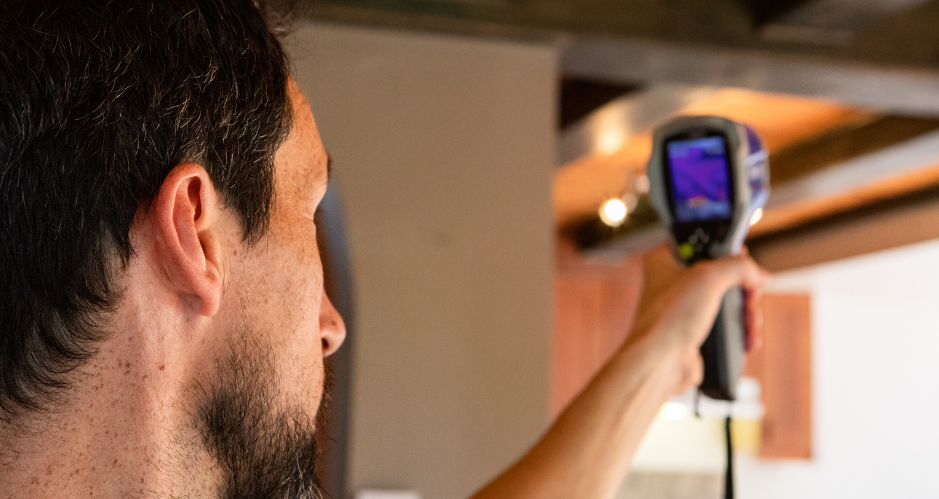 Air quality testing can help identify a variety of biological, chemical and particulate contaminants. Biological test varieties include mold and allergens like pollen, dust mites, rodent dander and pet dander.
Air quality testing can help identify a variety of biological, chemical and particulate contaminants. Biological test varieties include mold and allergens like pollen, dust mites, rodent dander and pet dander.
Some pollutants pose a moderate health concern for all, while others may cause a slight problem for only certain groups of people. FMs should take an investigative approach to addressing IAQ issues.
Basics
Air quality testing Salem Oregon, can help you address concerns that may be negatively impacting the health and productivity of your home or business. From specific tests for biological contaminants like dander, mold spores and pollen to VOCs such as formaldehyde, air quality testing can provide the information you need to take action.
Most testing equipment is multifunctional and can detect a variety of pollutants. Some monitors can even be used to measure carbon monoxide and radon. Other common contaminants include airborne particles, volatile organic compounds, and carbon dioxide.
Other more sophisticated monitoring devices will allow you to track various parameters in real-time, and most are smart home-enabled, making them compatible with your other devices. This will let you see your testing results on a display panel or share them with a smartphone app. This type of monitoring is often a part of a professional IAQ inspection. This includes a building survey, chemical inventory, and basic air quality screening.
Methods
Many methods measure air quality, each focusing on a specific group of pollutants. These include VOCs (Volatile Organic Compounds), HCs (Hydrocarbons), Carbon Monoxide, Formaldehyde, RSPM (Radon Sulfur Particles) and O3 (Ozone).
Some testing involves screening kits focusing on families of contaminants like mold, radon or lead or providing a single result for toxic chemicals such as formaldehyde. Other testing uses handheld or portable gas analyzers to check for various gases, including butane, acetone and methane.
A pre-sampling inspection should be conducted before each sampling event to ensure accurate results. The inspection should evaluate the structure type, floor layout, physical conditions, and airflows. In addition, a product inventory should be conducted to understand potential sources of chemical exposure and to avoid sample interference (e.g., lingering on samples, spraying hairspray or cologne, marking materials with permanent markers). The HVAC system should operate under normal building ventilation during the sampling period.
Results
Air quality monitors can detect harmful odorless gases such as carbon monoxide and radon, while some advanced models also measure the room’s humidity and temperature. However, these devices do not check for toxins like mold or volatile organic compounds (VOCs).
Particle counters can also find biological contaminants that cause respiratory problems, such as asthma and allergies. These include cigarette smoke (ETS), a known carcinogen, and mold and dust mite allergens, which thrive in warm and humid areas.
For a comprehensive analysis, a company like INDOOR Biotechnologies can conduct air or dust samples tested for up to 14 different biological contaminants, including mold, dust mite allergens, pet dander, and more. The results of this analysis can be a valuable tool for FMs in improving indoor environmental quality (IAQ). This is particularly true if an underlying issue, such as dirty air ducts, has been causing poor IAQ for some time.
Conclusions
A comprehensive IAQ test will include screening for biological pollutants like dander and bacteria, volatile organic compounds (VOCs) that cause headaches, nose, eyes, and throat irritation, and carbon monoxide that can be lethal in high concentrations. It will also look for mold growth and check ducts for leaks that pull in polluted air.
Particulate matter testing will detect airborne dust, smoke, and other microscopic particulates. This type of monitor may also detect harmful odorless gases such as carbon monoxide and radon. Some monitors will also detect ozone, nitrogen dioxide, formaldehyde, and outdoor pollen levels.
Source testing measures the level of pollutants in specific areas, such as industrial facilities and power plants. This allows companies to find solutions for lowering emissions and ensures compliance with local and federal emissions regulations. Some monitoring systems, such as a Continuous Emissions Monitoring System (CEMS), measure the actual pollutant, while others use surrogate measurements. Regional screening levels, Occupational Safety and Health Administration Permissible Exposure Limits (PELs), and other applicable standards will determine the best measurement tools for an individual facility.






